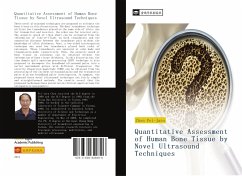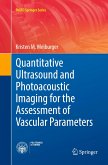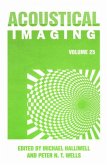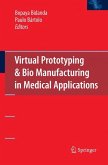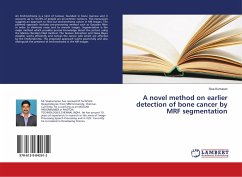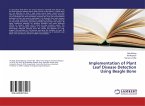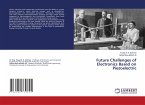Three novel ultrasound techniques are proposed to estimate the bone tissue in this dissertation. The dual-transducer technique utilizes two transducers placed on the same side of tibia; one for transmitter and receiver, the other one for receiver only. The acoustic speed of tibia shaft can be estimated from the information of time-of-flight on both transducers and the separation distance between the transducer pair without the knowledge of tibia thickness. Next, a two-sided interrogation technique was used two transducers placed both sides of calcaneus. Those transducers are operated at echo mode and transmission mode, respectively. Then, the acoustic speed of bone tissue on calcaneus can be obtained without the information of bone tissue thickness. In this dissertation, the time domain split spectrum processing (SSP) technique is also proposed to decompose the broadband ultrasound pulse into a serial narrowband pulses with different frequencies. The velocity dispersion magnitude (VDM) can be obtained from the processing of the incident ultrasound pulse and the transmitted pulse with one broadband pulse interrogation. In summary, the proposed three novel ultrasound techniques are fairly simple and straightforward methods. The results reveal that the proposed techniques have potential on clinical applications for osteoporosis assessments.
Bitte wählen Sie Ihr Anliegen aus.
Rechnungen
Retourenschein anfordern
Bestellstatus
Storno

